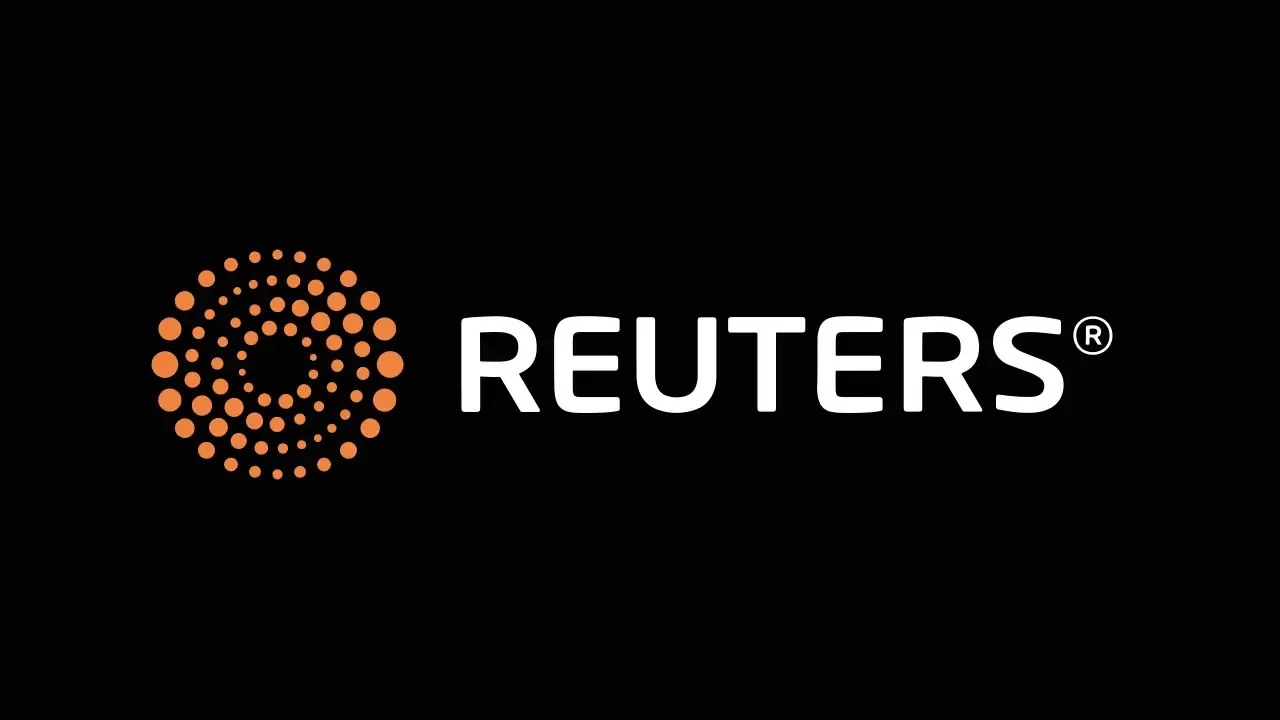WASHINGTON, May 30 (Reuters) - U.S. consumer spending increased marginally in April, with households opting to boost savings amid mounting economic uncertainty because of a constantly changing tariff landscape.
The report from the Commerce Department on Friday suggested the economy struggled to rebound early in the second quarter after contracting in the January-March quarter for the first time in three years. Gross domestic product could, however, get a lift from a sharp contraction in the goods trade deficit last month as the front-running of imports to beat tariffs faded.
Inflation was muted in April, with a measure of underlying price pressures posting its smallest annual increase in four years. A U.S. trade court on Wednesday blocked most of President Donald Trump's import duties from going into effect in a sweeping ruling that the president overstepped his authority. They were temporarily reinstated by a federal appeals court on Thursday, adding another layer of uncertainty over the economy's outlook.
"Consumers appeared to be saving for a rainy day last month as the Liberation Day tariff shock shook consumer confidence," said Scott Anderson, chief U.S. economist at BMO Capital Markets.
Consumer spending, which accounts for more than two-thirds of economic activity, rose 0.2% last month after an unrevised 0.7% jump in March, the Commerce Department's Bureau of Economic Analysis said. That was in line with economists' expectations.
Spending was supported by outlays on services, mostly housing and utilities, healthcare as well as restaurants, hotels and motel stays. But goods spending softened amid cutbacks on purchases of motor vehicles and parts, clothing and footwear as well as recreational goods and vehicles.
Pre-emptive buying of goods ahead of Trump's sweeping import tariffs helped to push spending higher in the prior month. Most of the tariffs have been implemented though higher duties on goods have been delayed until July.
Duties on Chinese imports have been slashed to 30% from 145% until mid-August. Economists have argued that Trump's aggressive trade policy will sharply slow economic growth this year and boost inflation, concerns echoed by Federal Reserve officials.
Minutes of the U.S. central bank's May 6-7 meeting published on Wednesday noted "participants judged that downside risks to employment and economic activity and upside risks to inflation had risen, primarily reflecting the potential effects of tariff increases." The U.S. central bank has kept its benchmark overnight interest rate in the 4.25%-4.50% range since December.
The economy contracted at a 0.2% annualized rate in the first quarter after growing at a 2.4% pace in the October-December quarter, largely depressed by a flood of imports.
With most of the tariffs in place, imports are collapsing, helping to compress the goods trade deficit by 46.0% to $87.6 billion in April, a separate report from the Commerce Department's Census Bureau showed.
Goods imports decreased $68.4 billion to $276.1 billion. Exports of goods increased $6.3 billion to $188.5 billion.
U.S. stocks opened lower. The dollar rose against a basket of currencies. U.S. Treasury yields edged higher.
SAVINGS JUMP
But given the on-again and off-again nature of the tariffs, the front-running of imports is probably not over and neither is the gloom over the economy likely to lift soon, evident in the deterioration in consumer sentiment.
That is prompting consumers to build savings. The saving rate jumped to a one-year high of 4.9% from 4.3% in March.
Inflation was benign in April, with retailers likely still selling inventory accumulated before the tariffs. The Personal Consumption Expenditures (PCE) Price Index rose 0.1% last month after being unchanged in March, the BEA said.
Stripping out the volatile food and energy components, the PCE price index gained 0.1% last month following an upwardly revised 0.1% gain in March. The so-called core PCE inflation was previously reported to have been unchanged in March.
In the 12 months through April, core inflation rose 2.5%. That was the smallest advance since March 2021 and followed a 2.7% increase in March. The Fed tracks the PCE price measures for its 2% inflation target. Economists expect inflation to accelerate this year as tariffs raise goods prices.
Consumers' one-year inflation expectations have soared. The Fed minutes on Wednesday showed some policymakers assessed that the surge in short-term inflation expectations "could make firms more willing to raise prices." They also saw a risk that longer-term inflation expectations "could drift upward, which could put additional upward pressure on inflation."
Reporting by Lucia Mutikani; Editing by Chizu Nomiyama and Andrea Ricci
